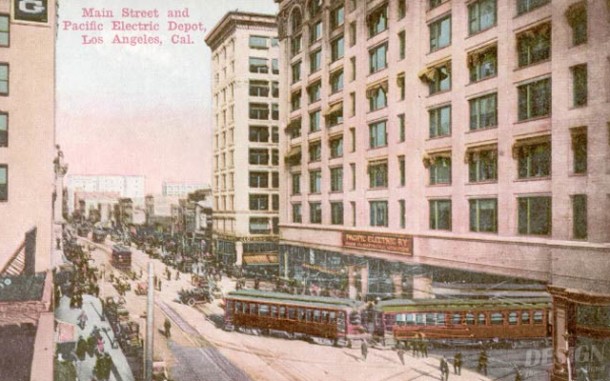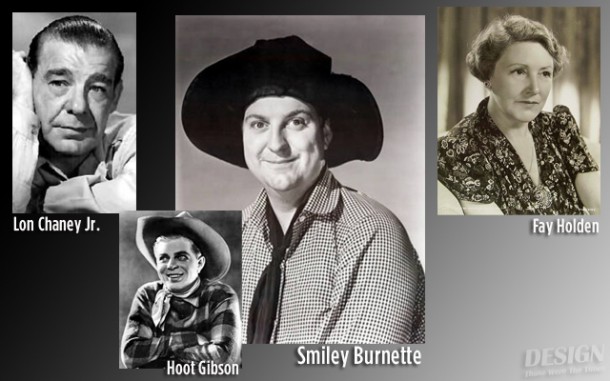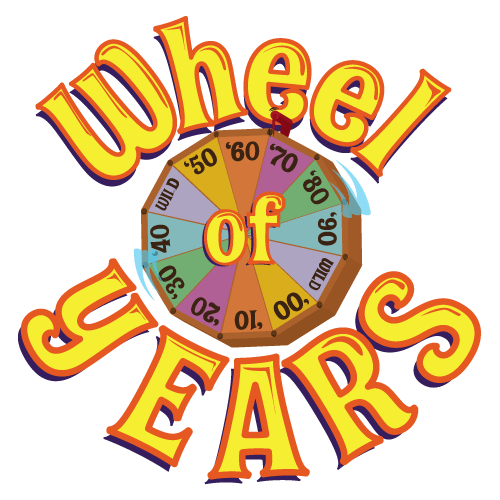Today’s Wheel of Years has stopped at 1943, so here we go. In the movie, Saving Mr. Banks, Walt Disney, played by Tom Hanks, tries to convince author P.L.Travers to allow Disney to make her story of Mary Poppins into a film. In one scene, Walt shares his childhood memories of how hard his father made him work at an early age, specifically delivering newspapers with little payment from his father. This revived similar newspaper delivery experiences that I had as a 12 year old
After the death of my father in early 1943, as a 10 year old, I tried to help with our family expenses by selling magazines door to door in our hometown, North Hollywood, California. I would carry samples in a big cloth bag knocking on doors to try to sell subscriptions, which I would later begin to deliver monthly. Such titles as Collier’s Weekly, McCall’s Magazine, and Ladies Home Journal were typically sold on local routes by young boys on foot, managed by a distributor who hired a number of boys in his territory.

I don’t think I was a very good salesman, so after a year or so I gave my route back to the distributor. I had just entered junior high (middle school) which was several miles away from our home. In grammar school I was able to make the trip by electric trolley (the very same design as those used today at Disney’s California Adventure Buena Vista Street). So asking my mom for a bicycle, I was told “get a paper route first”. Thus began a lucrative few years as a delivery boy for the Hollywood Citizen-News. This was a favorite newspaper read by many movie industry folks.
Paper routes in those days were organized into specified route areas of usually around 100 subscribers. The routes were in turn operated by area managers who might have 10 or 20 routes, generally assigned one route to one boy. It wasn’t long before I began to add nearby routes to my area as other boys would periodically get tired and offered me theirs. Eventually I built up a group of four adjacent routes covering an area of nearly three square miles with around 440 subscribers.
So, just how did paper routes work in those days? The Hollywood Citizen-News editing and printing plant was located in Hollywood at 1545 North Wilcox. Papers were packed into bundles then sent out by truck and bus throughout the city. Every weekday I would ride my bike from school to the corner of Ventura and Laurel Canyon to await the bus carrying my bundles to drop them off.

I’d sit on the busy sidewalk, fold each paper, then load them into a chest and back sack that would fit over my head and rest on my shoulders. Some of the papers would be stored in a second sack on the rear bike rack. Each paper would be folded into a box shape. On rainy days the bundles would include protective waxed paper sheets that would be folded with the boxed papers. On larger special editions, they’d be triple folded and closed with rubber bands, waxed covers when needed.
I’d carry a printed list of the subscriber addresses, which showed the periodic new subscribers, cancellations, and vacation stops. I’d ride the bike, hold the list, grab a paper and toss it toward each house. Some subscribers demanded that I “porch” their paper – if you miss, it might go in the bushes or worse yet, smash a window. If you ever missed a delivery, the subscriber phoned in a complaint, my manager called me at home during dinner and I’d have to ride miles back to make the single delivery.

Dogs were a big problem – they’d bark and chase me, nipping at my legs. One time a doberman pinscher bit my leg so fast and hard I fell off my bike, breaking off a pedal – I had a tough day pushing the bike to finish the route with a bleeding leg. While the Hollywood Citizen-News was weekday paper, I also was required to deliver 1,000 free advertising and shopping news to all route homes before dawn on Thursdays and Sundays. On rainy Thursdays, I arrived at school totally drenched and would pile what clothes I could on the schoolroom heat radiators. Rainy afternoons gave me the same soaking. I actually loved to splash madly thru the deepest puddles just for the fun of it – couldn’t get any wetter!
The night before the pre-dawn deliveries, a big truck would drop off a pile of bundles, my mother and sister would help me box them all before bedtime. My mom would drive the routes in our old Model A Ford while I would ride on the right front fender throwing right and left with both arms. I’d hold on for dear life on corners! All 1,000 papers would fit in the car when the back seat was removed. Naturally I drowned on the rainy mornings. While I never suffered the snowy cold that Walt did, nevertheless I was frozen by the time I returned home for breakfast.
Before I could ride to school, and before dinner, I’d have to milk my goats morning and night without fail, despite all weather and sickness. I had additional income from selling expensive goat’s milk to folks whose doctors prescribed it for them. Since it was wartime, I bought a victory bond every month – priced at $18.75 but cashable after WWII had ended for $25.00.
Now here’s the fun part of delivering newspapers to movie people; I’d have to go to each home to personally collect payment at the end of every month. This could take quite a few days to do – I’d have to ride back out after dinner to catch some of the subscribers at home. I paid the collection money to my manager, keeping a portion for myself. Each of the movie folks, some active and some retired, were all characters, and I’d never know quite what to expect. The most disgruntled ones refused to pay me, claiming I forgot them too many times. I’d dare not stop delivering – their wrath with my manager might be worse.
Lon Chaney Jr. was crazy; he’d peek thru a window when I rang the bell, then tell me “OK kid, you can have all the change in my pockets, if I’m short, tough”. Naturally all the coins always added a big tip. Smiley Burnette took a lot of time. He had a big wood shop and insisted I inspect all his latest projects. Long retired Josephine Dillon (Clark Gable’s first wife) always insisted I stay for cookies and tales of her early acting years. Fay Holden (Ma Hardy in the Mickey Rooney Hardy Series) was so sad. She wouldn’t pay me until she showed me her pictures of how pretty she was long ago before she got old – living in the past I suppose.

Other famous stars I delivered to included western actor Hoot Gibson, Bowery Boys Leo Gorcey, Big Boy Williams, and famed director B. Reeves Eason (who had a big yard filled with deer). Ub Iwerks (who in the 1920s had joined up with Walt Disney in Kansas City) was another subscriber, very friendly and who loved to show me his little garage gun shop. His younger son Dave and I became buddies in high school, Oscar-winning Don (the older son) later founded Iwerks Entertainment, which was one of my clients during my post-Disney years as GurrDesign, Inc. Yes indeed, my early paper route years has given me first hand knowledge of what Walt Disney’s youth must have been like.



You must be logged in to post a comment.